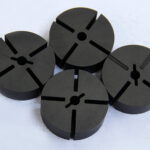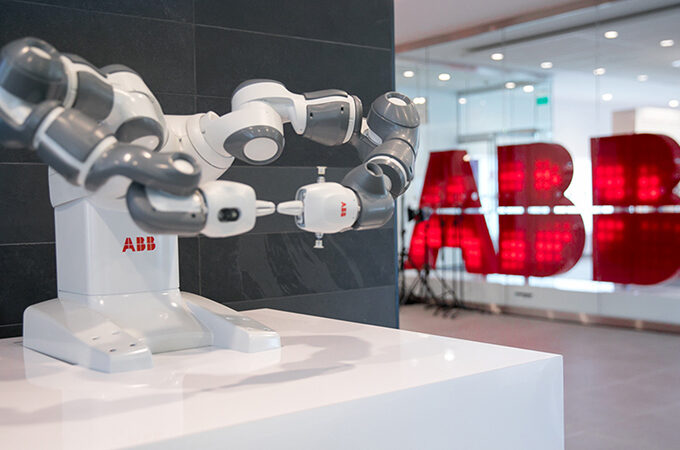The development of artificial olfactory sensors has been a long-standing challenge for researchers around the world. Creating electronic noses (similar to biological olfactory systems) capable of effectively recognizing complex mixtures of odors has proven difficult due to issues of miniaturization and recognition capabilities. However, a team of researchers led by Prof. Fan Zhiyong at the Hong Kong University of Science and Technology has made a major breakthrough they have introduced a newly developed Bionic Olfactory Chip (BOC) in this field.
Bionic Olfactory Chip (BOC)
The Bionic Olfactory Chip (BOC) developed by Prof. Fan’s team is a breakthrough invention in the field of artificial odor detection. These microchips are designed to mimic the way humans and animals detect odors, making them more accurate and efficient than previous artificial olfactory systems.
Each BOC contains up to 10,000 miniature gas sensors arranged in a manner very similar to biological olfactory systems. This unique design allows the chip to detect and differentiate between various odors, even when they are mixed together in complex combinations.
One of the main features of the BOC is that it uses different compositions of special materials on different chips. This gradient design allows for the integration of many different types of sensors on a single chip, thus allowing for the detection of a wide range of odors while keeping the chip small and compact.
The gas sensors used in the BOC are very sensitive and can detect even the smallest amounts of various gases and volatile organic compounds (VOCs). These sensors are built on a substrate with tiny pores that provide a large surface area for gas interactions, thus increasing the sensitivity and response time of the chip.
By combining this advanced sensor technology with artificial intelligence algorithms, the BOC processes and interprets data from gas sensors to be able to identify and differentiate between different odors with a very high degree of accuracy.

Overcoming the challenges of artificial olfaction
Developing an artificial olfactory system is a challenging task for researchers due to several key obstacles. According to the latest reports, one of the main difficulties is miniaturizing the system while maintaining its effectiveness. Conventional electronic noses usually require bulky equipment, which makes them impractical for many applications. The bionic olfactory chip developed by Prof. Fan’s team solves this problem by integrating a large number of gas sensors on a single compact chip.
Another major challenge for artificial olfaction is to improve the recognition capabilities of the system, especially when dealing with complex odor mixtures. In real-world scenarios, odors typically consist of multiple gases and volatile organic compounds, making it difficult for conventional electronic noses to accurately identify and quantify each component.
By utilizing advanced nanotechnology and artificial intelligence, the Bionic Olfactory Chip can process and interpret data from gas sensors more efficiently than traditional electronic noses. The use of machine learning algorithms allows the BOC to learn from past experiences and improve its odor recognition capabilities over time. This adaptability makes the BOC a powerful tool for a variety of industries, as it can be customized to detect and identify specific odors relevant to each application.
Superior performance and applications
In a famous demonstration, researchers integrated an olfactory chip with a robotic dog’s vision sensor to create a combined olfactory and visual system. This unique setup allowed the robot to accurately recognize objects in a blind box, demonstrating the potential for integrating BOCs with other sensing technologies to create more advanced and powerful intelligent systems.

Bionic Olfactory Chips have a wide range of applications across multiple industries. In the food industry, BOCs are used for quality control, detecting spoilage and ensuring food safety. Environmental monitoring is another key application area, where the chip can be used to detect harmful gases, pollutants and other air contaminants.
The medical field can also benefit from BOC technology, as the chip can diagnose diseases by detecting specific volatile organic compounds (VOCs) in a patient’s breath or body fluids. This non-invasive diagnostic method may lead to early detection and treatment of various diseases.
In industrial environments, bionic olfactory chips can be used to monitor processes and ensure product safety and quality. These chips can detect gas leaks, monitor emissions and identify potential hazards in real time, enabling rapid response and preventative measures.
The superior performance and wide range of applications of bionic olfactory chips demonstrate their potential to revolutionize industries. As technology continues to advance, it is expected that BOCs will find more uses in different fields, improving safety, efficiency and quality control in numerous processes.












